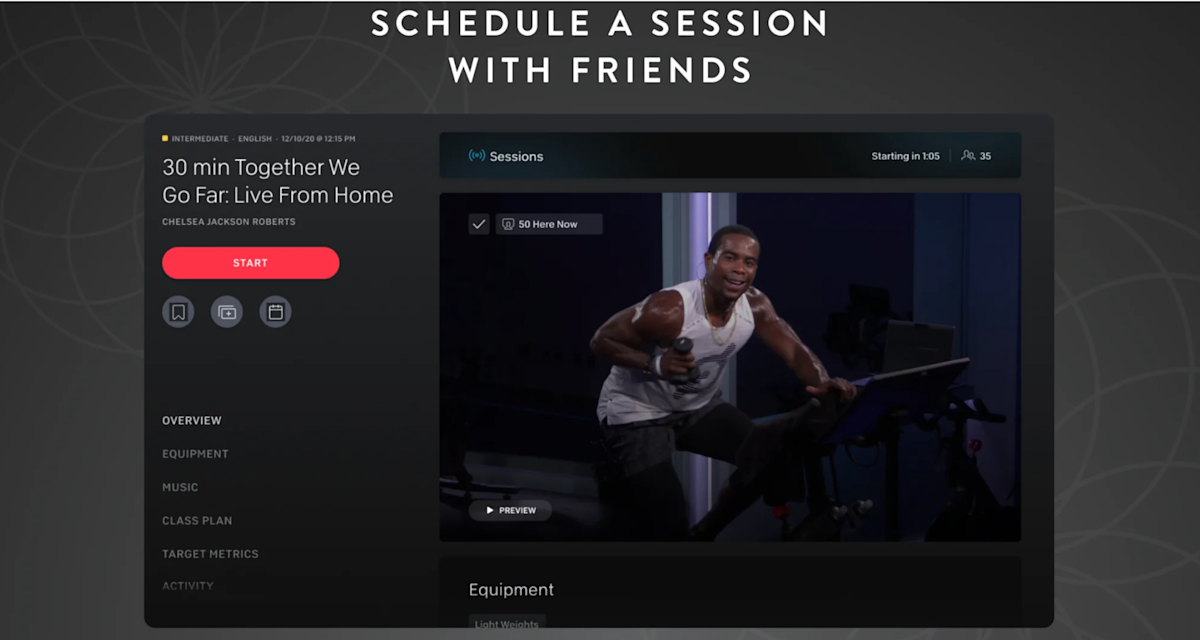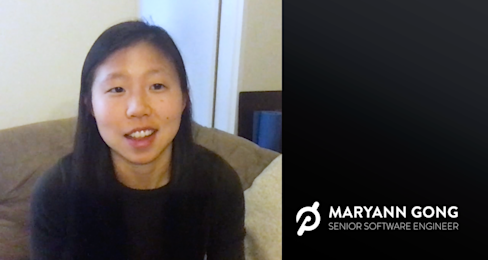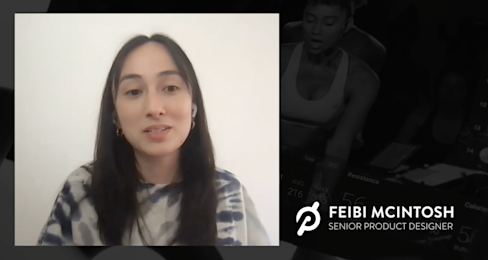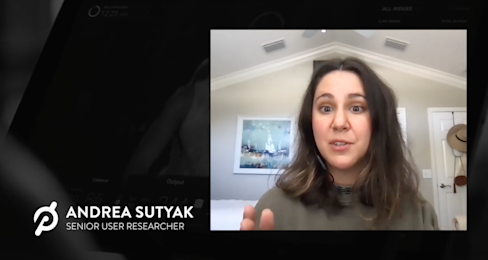Innovation
How We Built: Sessions

Whether we’re thinking back to our first ride or high-fiving our way to the sound of “Happy 200th” from our favorite instructor, chances are we’ve all taken a peek at Peloton’s leaderboard. While curiosity drives engagement, it’s a sense of camaraderie that keeps us coming back. After all, our clothes aren’t the only thing that should stick once a class is complete. A product feature, when embraced by the community, helps drive growth and engagement by making every experience fresh.
But what happens when Peloton’s leaderboard experiences an unprecedented boost in engagement? If you’re a Peloton Member that’s been there since the beginning, the feeling of high fiving an entire class that’s grown to be 10,000 strong could feel a bit more daunting than you’d like, even after you’ve just hit your personal best.
However, Peloton’s proactive approach to supporting Membership growth while simultaneously offering bespoke experiences meant that a plan had been in place two years prior to releasing Sessions, a feature that provides Members the ability to invite their closest friends to begin a workout of their choice at the same time.
“Sessions is a feature that allows you to work out with other Members on the platform in sync like a live class. They're competing on the leaderboard in real-time,” explains Maryann Gong, the Senior Engineering Lead who managed the feature’s deployment.
So, how did Peloton pull off its first public beta launch during a time of unprecedented growth - not to mention a pandemic that required teams to pivot their strong internal office culture to a remote work model? A new approach to team collaboration - and a continuous commitment to Members’ feedback, especially because Sessions is still in beta - is key.
Peloton’s Product Team drew from a range of experiences when recruiting the team members who developed what is now one of the company’s most popular features. From product analysis to UX design, team members were able to communicate productively thanks to the company’s open culture of collaboration iteration, not to mention drawing on their own experiences as Members.
“One of the biggest struggles I had as a member was that I actually knew people who had a bike and I wanted to work out with them, but it was really, really hard to time it,” explained Storm Hurwitz, a Senior Product Analyst at Peloton who jumped right into the Sessions project just a few weeks after being hired.


Keeping intimacy and Member-centric insights at the front of the pack, Peloton’s Social Product Team was able to launch Sessions to Members during a critical period of growth for the company.
“I'm still working on how to improve the usability that's already out in the wild and how to improve the discoverability. So there's definitely more to come,” explains Senior Product Designer Feibi McIntosh, who’s led the UX and UI design for Sessions.
Looking within for a solution has been a key aspect in building Sessions, as its founding team recycled code and design elements to create a more sustainable product. Sessions not only challenged Peloton team members to move quickly in order to gather usable Member feedback, but it also made them understand what a different organizational approach to product development can accomplish.
“We had designers, we had frontend engineers, backend engineers like me, analytics, product, all on the same team, working closely together, which was also very different from how we worked before and super great,” recalls Gong.
While Members enjoy Sessions alongside their friends, the valuable insight Peloton’s Social Product Team gained by taking a collaborative approach has opened the door to future feature releases, updates, and products that ensure the path taken is paved by past successes driven by a member-centric culture.
“I love that this team can come together and we don't have to beat around the bush,” explains Andrea Sutyak, a Senior User Researcher whose research served as a catalyst for accompanying team members. “We were all prepared to hit the pause button in case something did go wrong. That level of trust and respect that we have for one another has led to this feature's success,” Sutyak added.

